
Our Blog
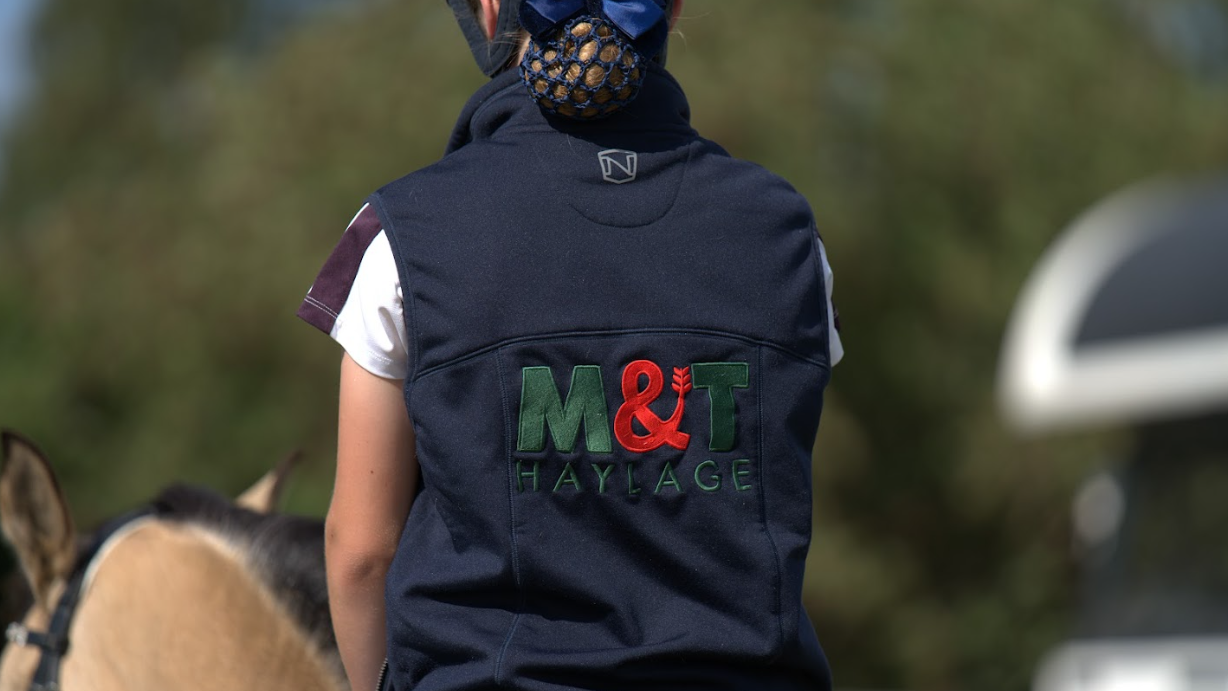
March 3, 2023
Hay vs Haylage: Which Is The Right Option For Your Horse?
Every horse is different, so naturally, every horse has different nutrition requirements. This is why it is important to treat each horse as an individual and feed them according to:
- Age
- Weight and condition
- Level of work
This also means that your horse might be better suited to being fed hay, whilst haylage might suit another horse. But how do you decide which forage type is best for your horse.
For premium forage products > Click here to get your quote today.
Consider The Differences Between Hay and Haylage
Hay is grass that is cut and left to dry before it is baled. It often (but not always) has a lower energy value than haylage and is 85%+ dry matter. When it comes to hay choice, it is also worth considering whether the hay has been barn or field dried. Hay is conventionally made in the field, where the grass is left to dry before baling. But this is reliant on weather to have three consecutive dry days in order to dehydrate the hay sufficiently. Barn drying takes the variability of the weather out of the equation, by taking partially dried hay from the field and putting it into a large barn, heated by ground source heat pumps. It then stays here until it reaches a dry matter of more than 88%. This allows hay producers to produce more consistent, high-quality hay.
Haylage has a higher moisture content than hay and is cut when the grass is younger. It will often have less dust than hay (especially if the hay chosen is of poorer quality). Depending on the haylage you buy, it might also have higher levels of protein and energy than hay. That said, a larger quantity of haylage will need to be fed, as the dry matter % is lower (around 50-70%). Once opened, haylage also needs to be used quicker than hay to avoid being spoiled.
The nutritional differences between hay and haylage are usually to do with:
- The type of grass used to make them
- Environmental conditions during the growth and harvest of the grasses.
Ask Yourself These Questions
Does your horse get all of their energy from their forage? If so, you need to make sure that their forage intake covers all of their nutritional requirements for energy and protein.
What is your horse’s age, weight, and workload? The answers to these will affect which forage you choose to feed. Horses that are younger or veterans will need more energy than those that are considered “in their prime”. Additionally, horses in hard work will require much more energy than those in little to no work, and horses that are good doers may require less forage than a horse who struggles to maintain their weight.
If your horse is a fussy eater, then getting them to eat all of their forage and meet their nutritional requirements can be difficult. You may want to consider feeding haylage, or softer hay to see if they find those more palatable.
It is also important to consider whether your horse has any underlying health issues such as laminitis, a respiratory issue or being prone to colic. For horses prone to laminitis, you will want to be reducing their WSC's (water-soluble carbohydrates) to below 10% as much as possible. For horses prone to impaction colic, you should choose a forage type that is more easily digestible, to decrease the likelihood of them colicking again. Horses with respiratory problems should be provided with a forage that has as little dust as possible, as part of their management routine. For many, this means feeding haylage, but there are companies such as M&T Haylage that pride themselves on producing hay that is dust extracted.
You may also want to consider how quickly your horse will eat a bale of hay/haylage. If they don’t go through a haylage bale quickly enough, it will spoil, so this will be worth considering. Typically, a bale of haylage should be consumed between 2-7 days depending on the time of year, to avoid it spoiling.
Now you’ve answered those questions, it’s time to choose the right forage for your horse.
What Hay Types Do We Have To Offer?
At M&T Haylage, we have three types of hay on offer: Ryegrass Hay (Pure Hay), Meadow Hay and our Timothy Hay.
Ryegrass Hay
Ryegrass Hay provides a palatable option for horses and ponies at rest up to moderate levels of work. This hay is dust extracted, supporting those with respiratory issues (and helping maintain a healthy respiratory system) and provides moderate levels of protein, energy and fibre. Perfect for supporting the working horse. Ryegrass hay is also very palatable, providing a good option for fussy feeders.
Meadow Hay
Meadow Hay is an excellent option for both leisure and competition horses in light to moderate work. Produced from a variety of grass species, it is very palatable and provides a variety of nutrients, supporting the working horse and reducing their reliance on hard feed. It provides moderate levels of protein, energy and fibre, and supports the requirements of the working horse for energy and muscle development whilst providing ample fibre for a healthy gut.
Timothy Hay
Our Timothy Hay is our lowest energy product. Despite being low in energy, it is high in fibre to help satisfy your horse's appetite, making it perfect for those requiring a lower sugar ration (such as good doers and laminitics). It is also highly palatable, perfect for fussy feeders.
Let's now explore our haylage options...
What Haylage Do We Have To Offer?
We produce three different types of haylage: Haylage Low Energy, Haylage Complete and Haylage Elite.
Low Energy Haylage
Our Low Energy Haylage is perfect for less active horses, and those prone to weight gain and need their calories controlled. This haylage is a late, second-cut mixed species haylage that has a high stem-to-leaf ratio. It’s therefore high in fibre but low in energy and protein. When comparing against our hay options, this would be comparable to a typical meadow hay. It’s therefore an excellent choice for good doers that are fussy eaters or have respiratory issues. It can be fed as the sole forage source or in combination with other suitable forages.
Haylage Complete
Haylage Complete is perfect for horses and ponies in moderate levels of work, or for breeding stock. Haylage Complete could also be suited to poorer doers in lower levels of work. This haylage is made from a second-cut Ryegrass crop and is harvested at its peak of growth, providing a good stem-to-leaf ratio, therefore providing a moderate level of energy, protein and plenty of fibre.
Haylage Elite
Our last product is our Haylage Elite. This is designed for horses in moderate to hard levels of work, providing a consistent source of high-quality fibre, energy and protein. It could also be suitable for poorer doers looking to source their energy from forage in place of hard feed. This is an early-cut Ryegrass haylage with a high leaf-to-stem ratio, making it very nutrient-dense, and perfect to be fed to the performance horse. It is also one of our most palatable and “softest” products, making it useful for fussy feeders or those with compromised dentition (that can still manage longer fibre).
For more advice on working out which forage to feed your horse, how much you should be feeding them - click here to get your quote.
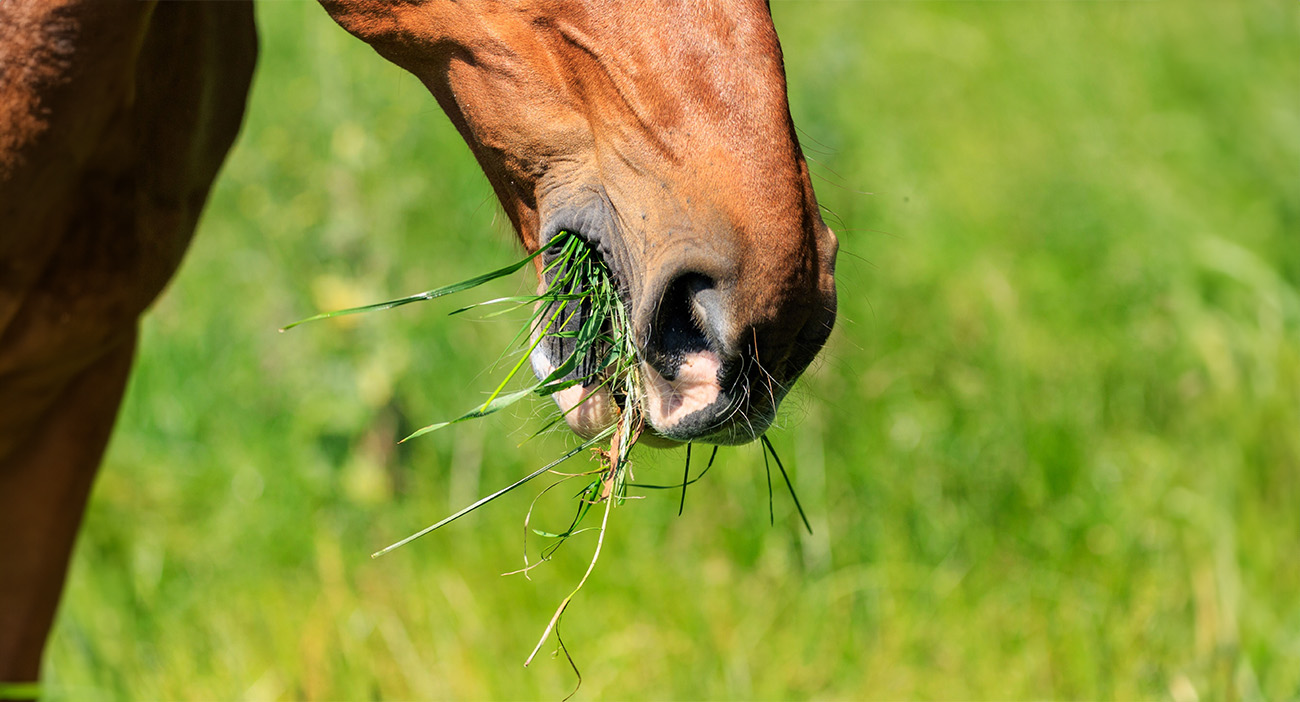
July 16, 2025
Do Horses Need Hay in the Summer?

May 22, 2025
Changing Your Horses Diet From Winter to Spring
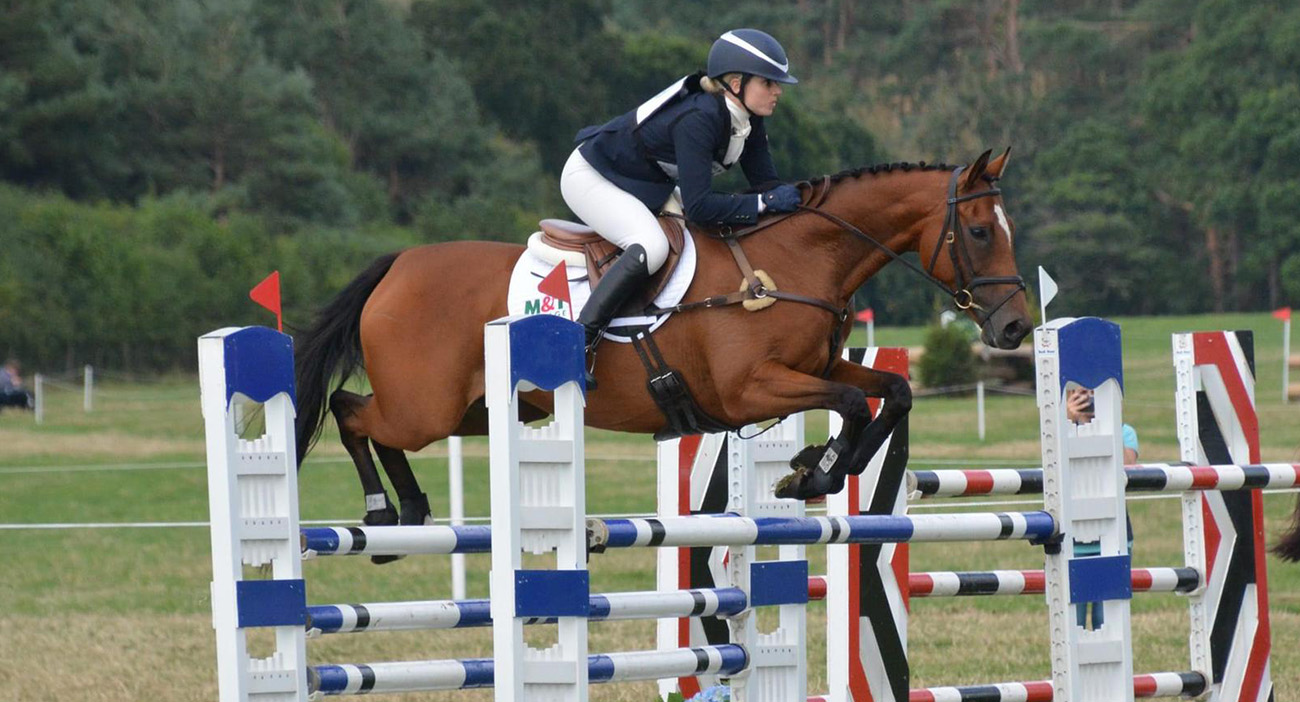
April 4, 2024
Eat, Sleep, Compete, Repeat
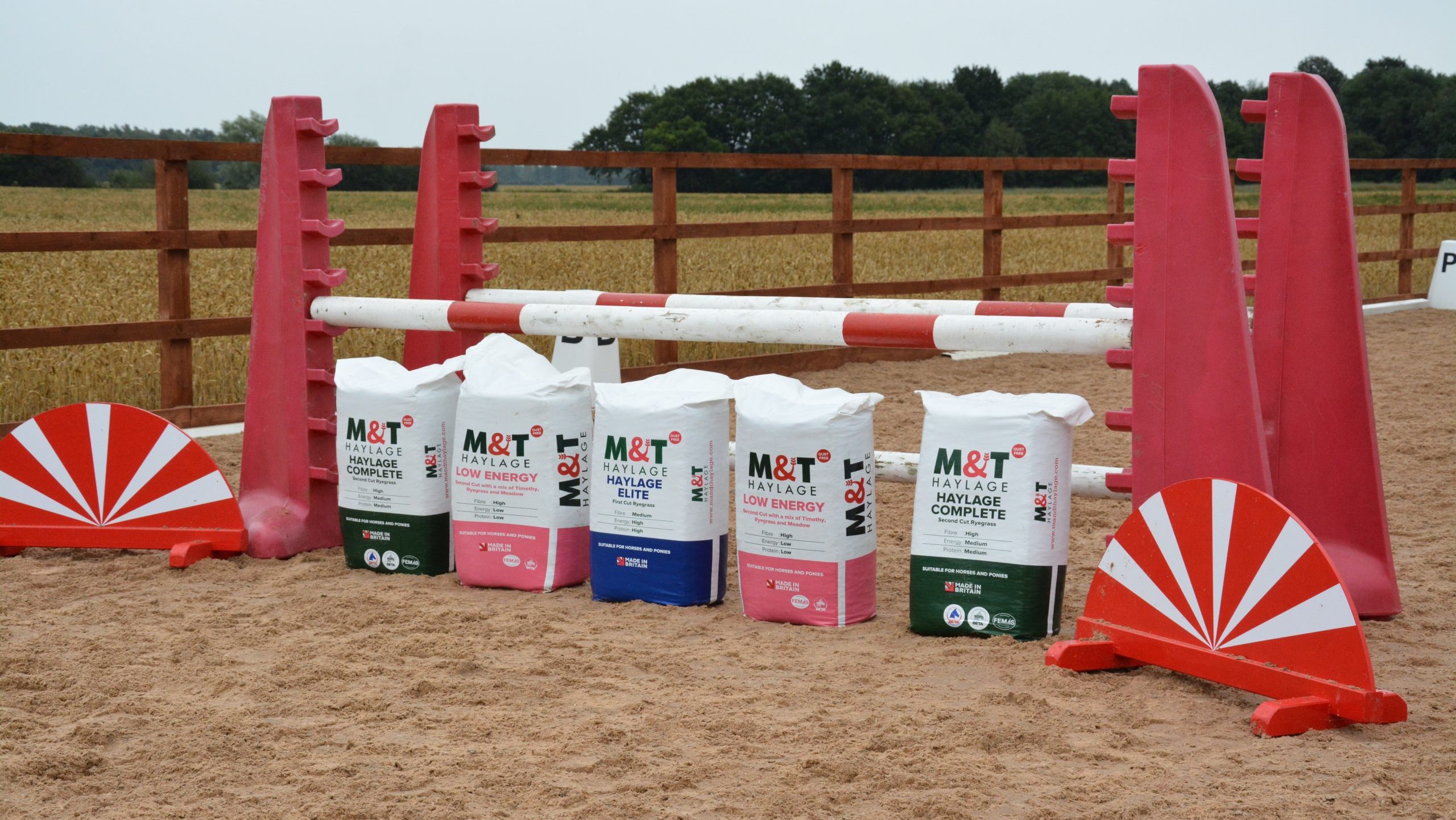
March 8, 2024
Top Tips For Managing Forage On The Go: Part Two

March 8, 2024
Consistency Is Key for Horses
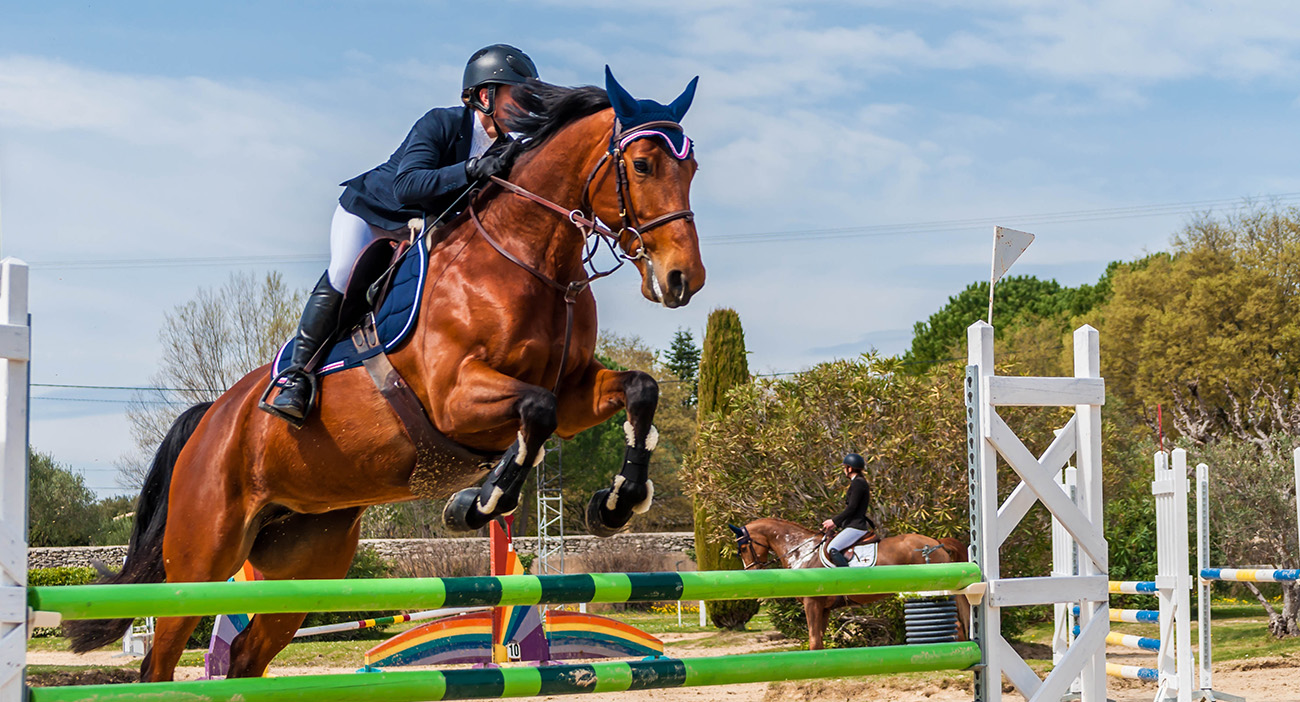
February 19, 2024
Don’t Underestimate The Value of Preparation
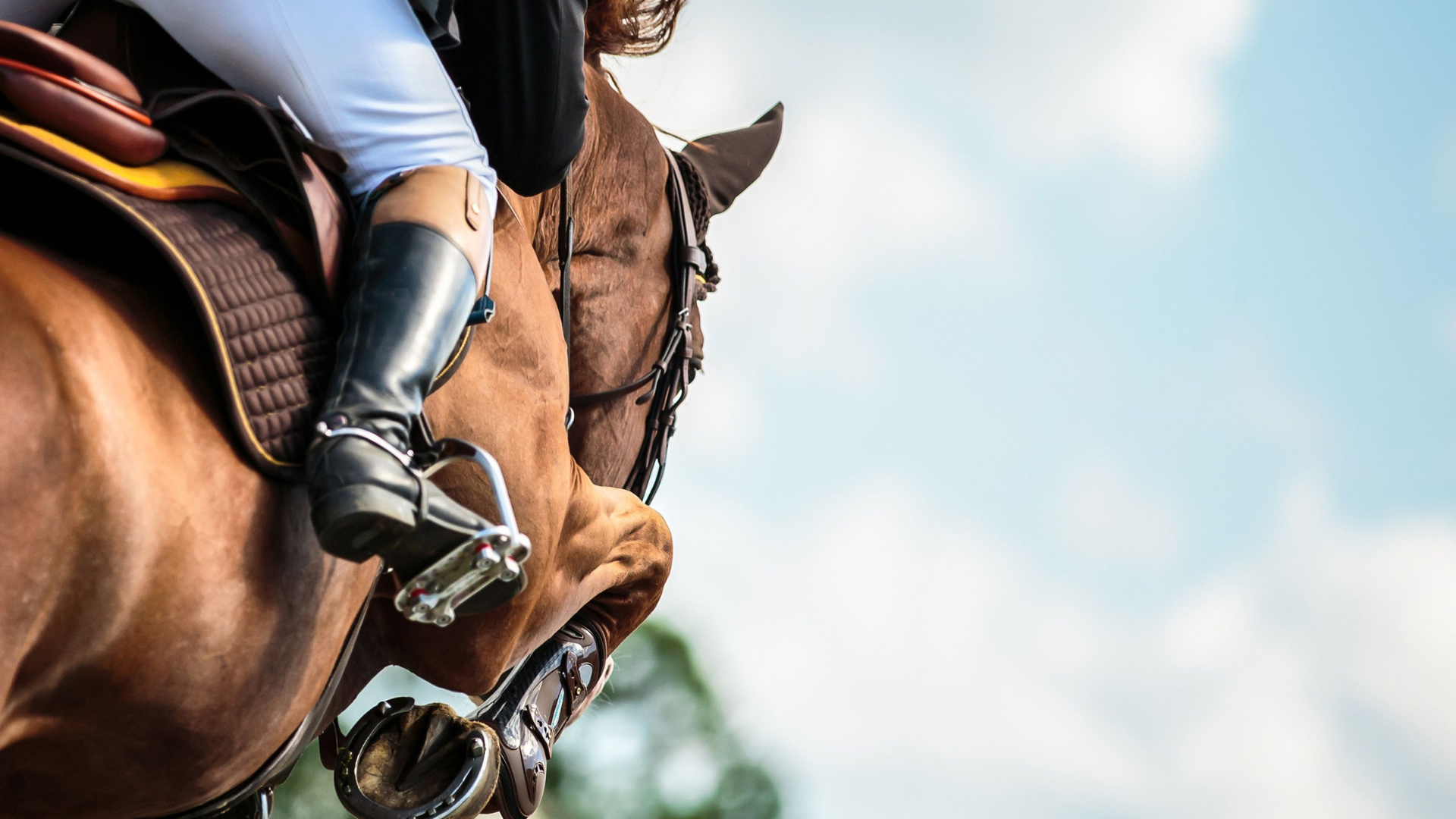
February 6, 2024
Know Your Horse Inside Out
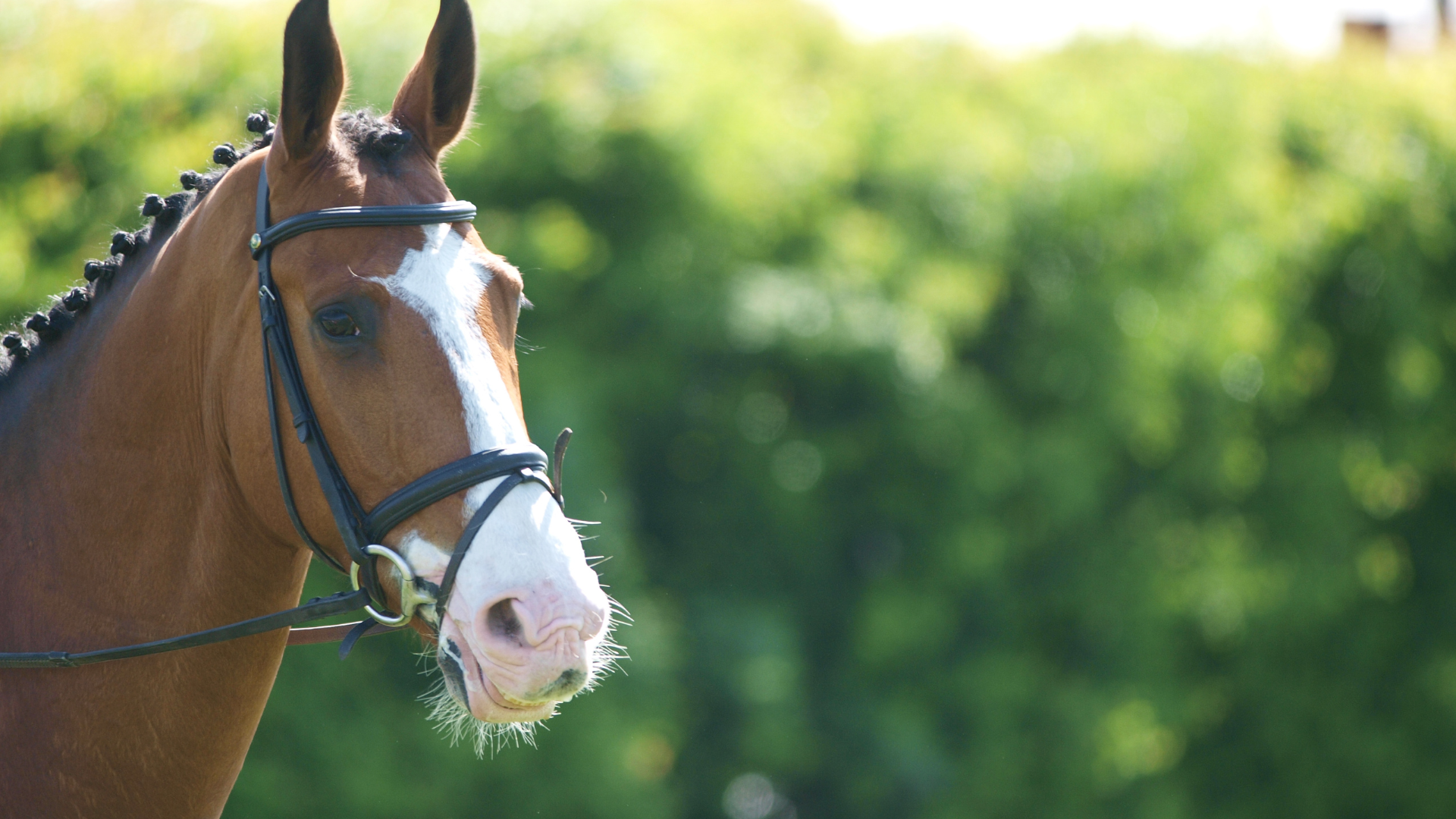
December 11, 2023
How To Get The Most Out Of Your Horse Forage During Winter

November 7, 2023
Which Hay Shall I Feed My Horse or Pony?

September 14, 2023
Hay Exportation – Why Choose British Hay?

March 3, 2023
Hay vs Haylage: Which Is The Right Option For Your Horse?
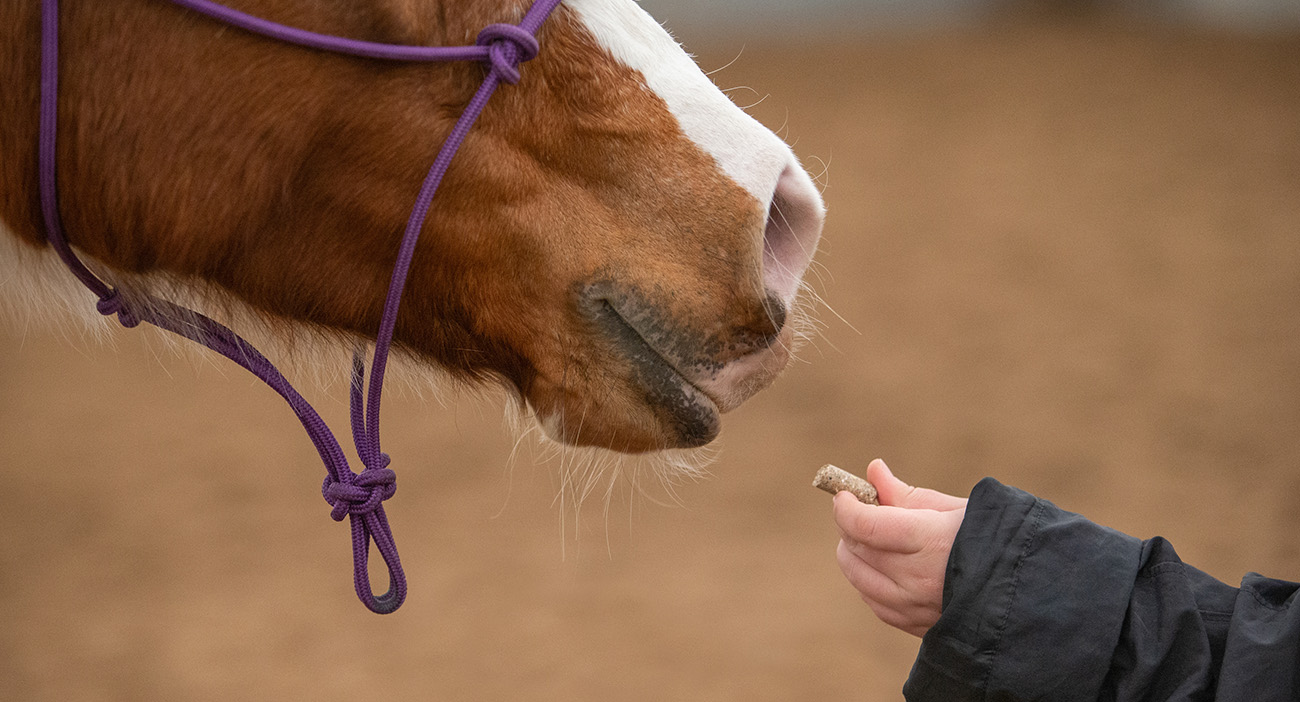
January 13, 2023
How To Bring A Horse Back Into Work After A Break
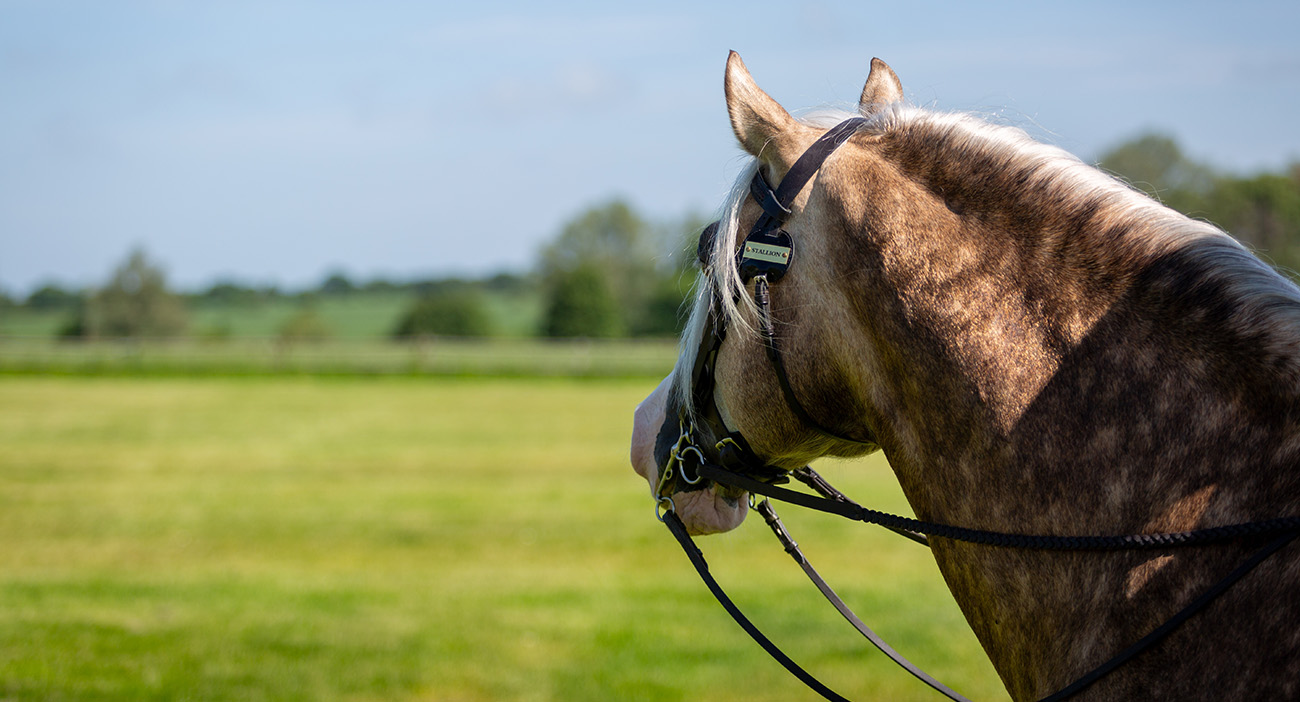
November 23, 2022
How To Body Condition Score Your Horse
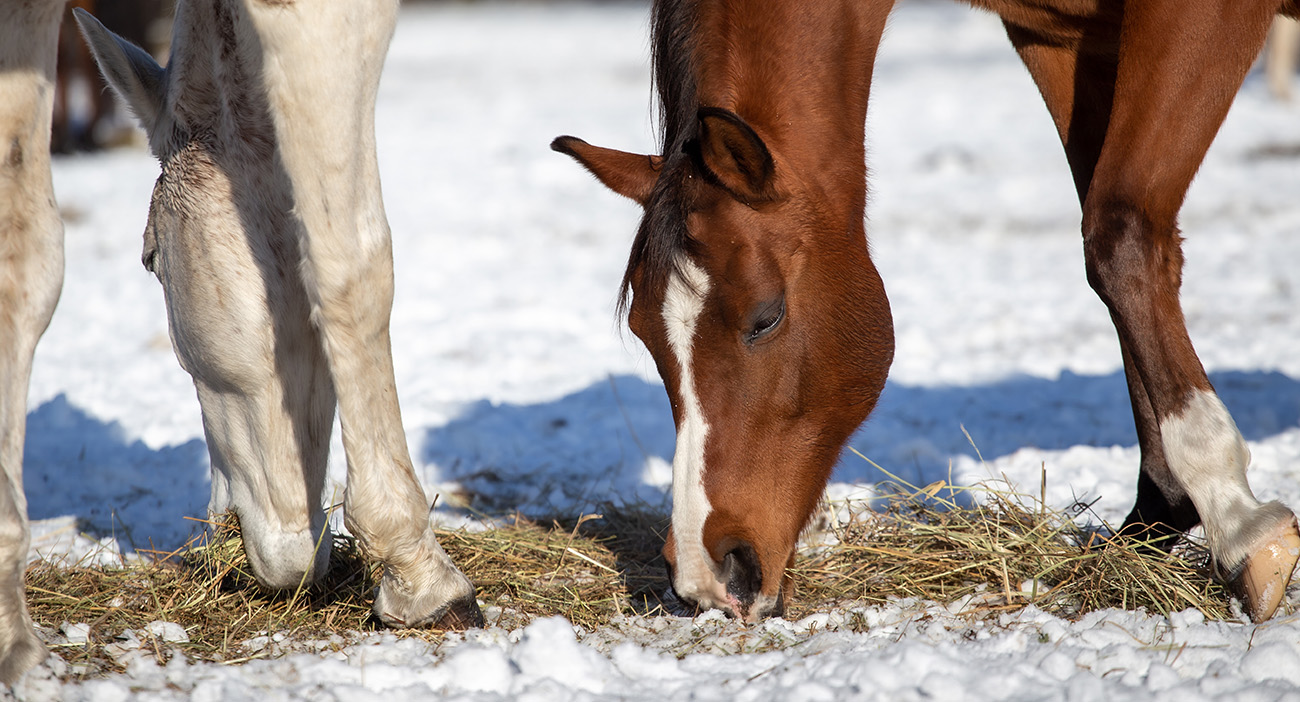
November 7, 2022
Winter Feeding Tips For Horse Owners
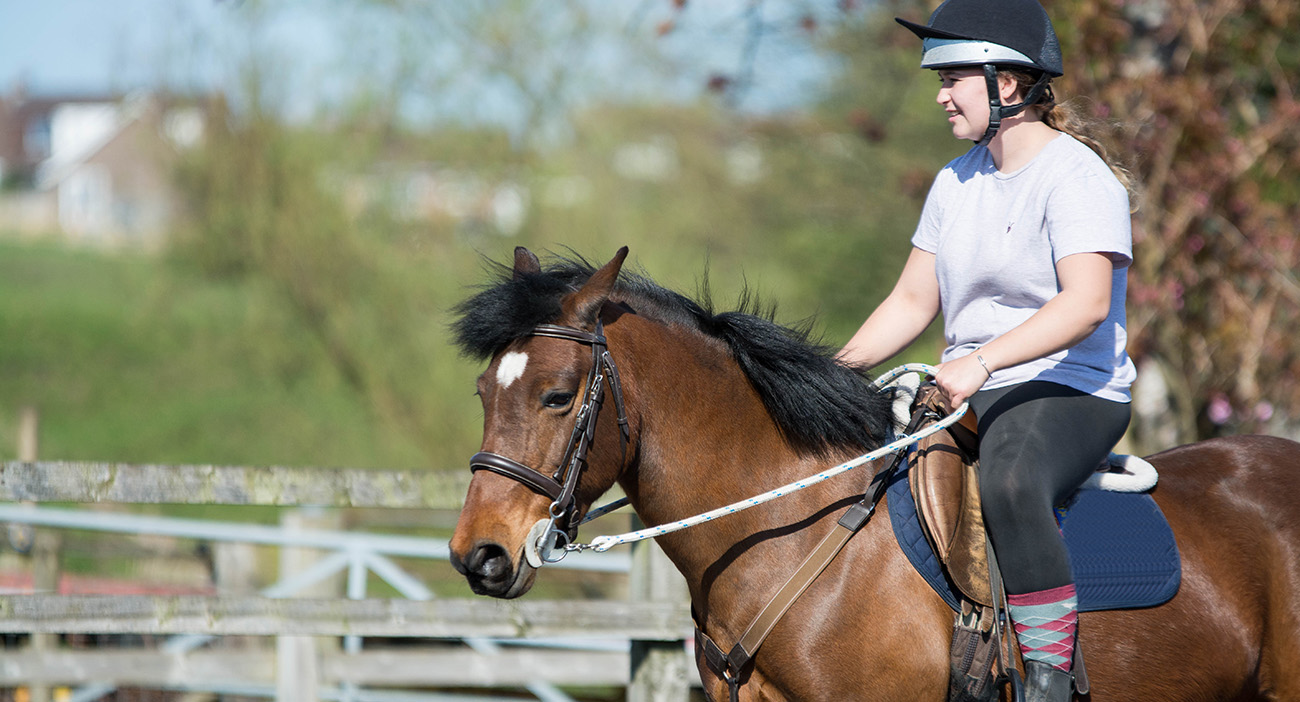
October 20, 2022
Money Saving Tips For Horse Owners
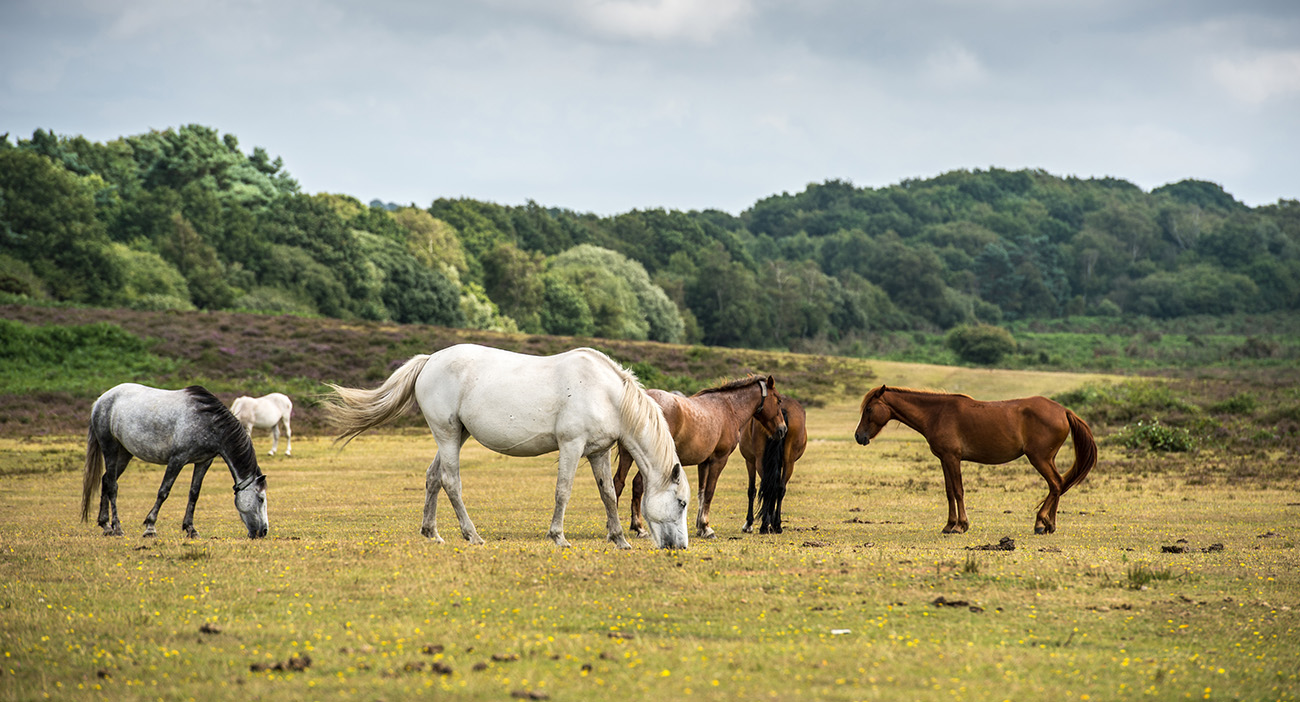
October 3, 2022
8 Ways To Keep Your Horse Entertained

September 30, 2022
Equestrian Question and Answer Session: Sophie Platt
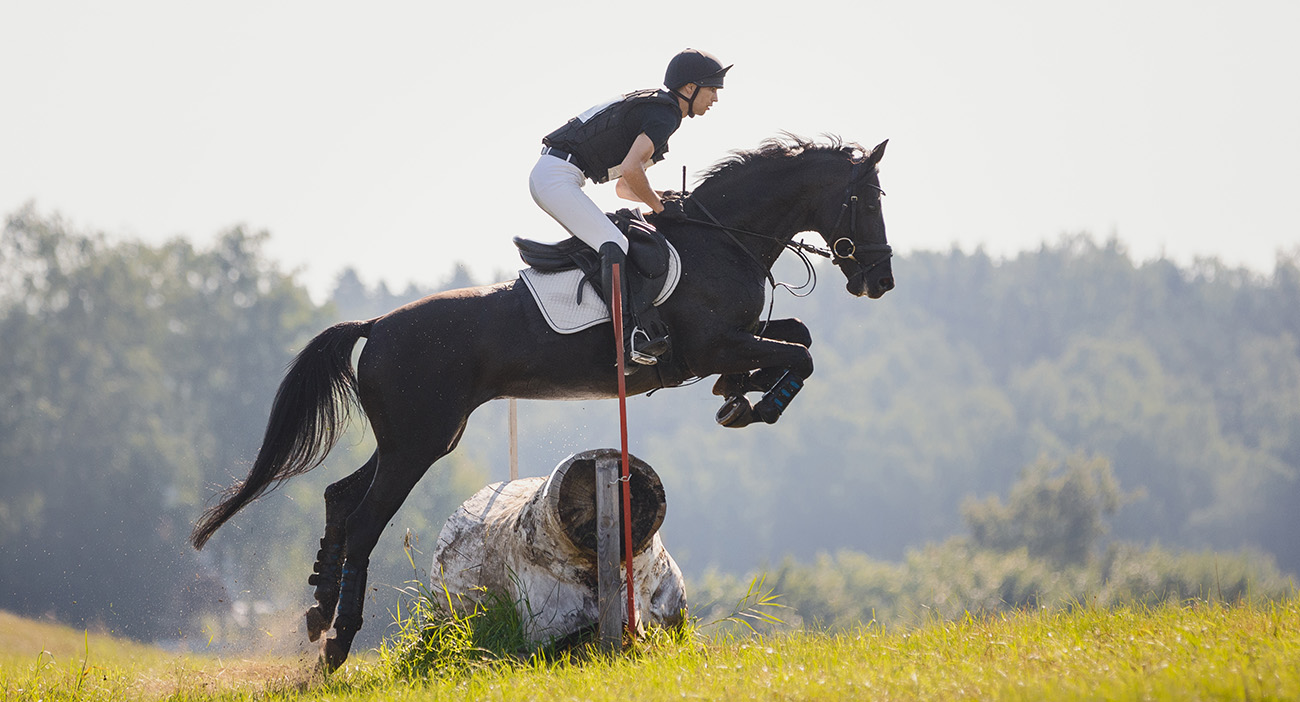
August 25, 2022
Preparing Your Horse For Competition
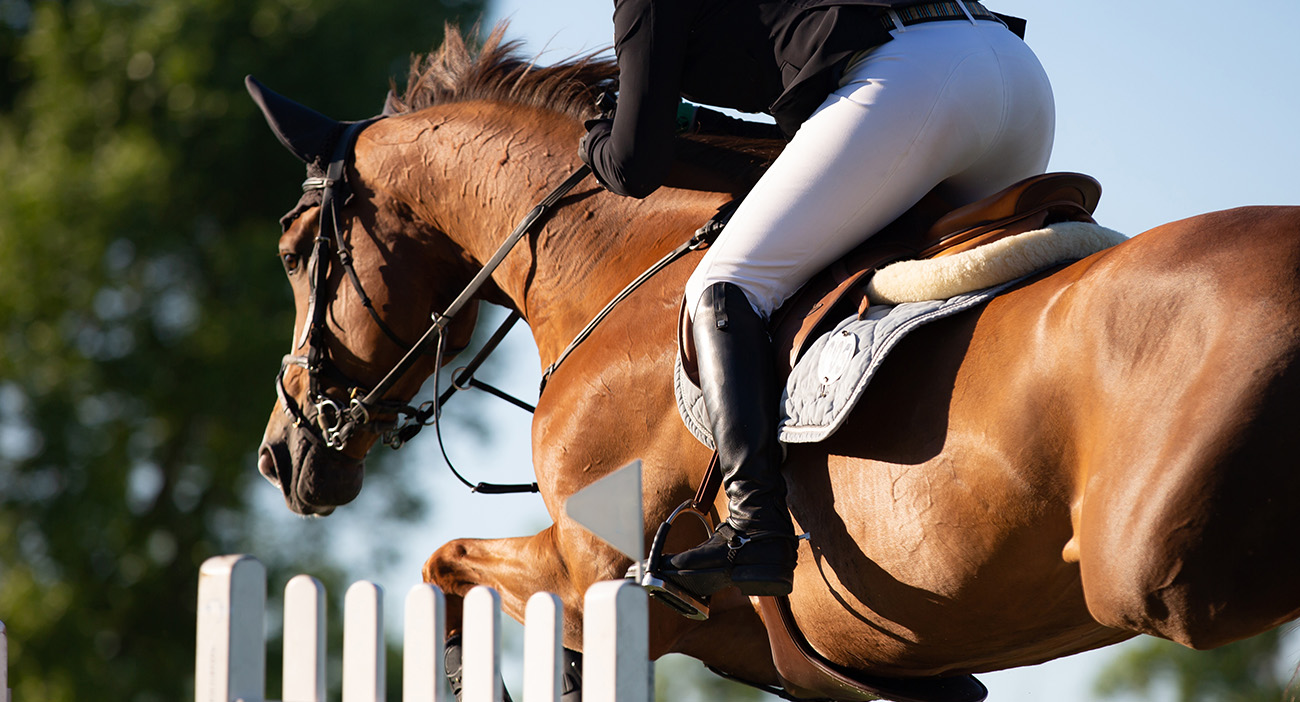
July 28, 2022
What Is Normal For My Horse?
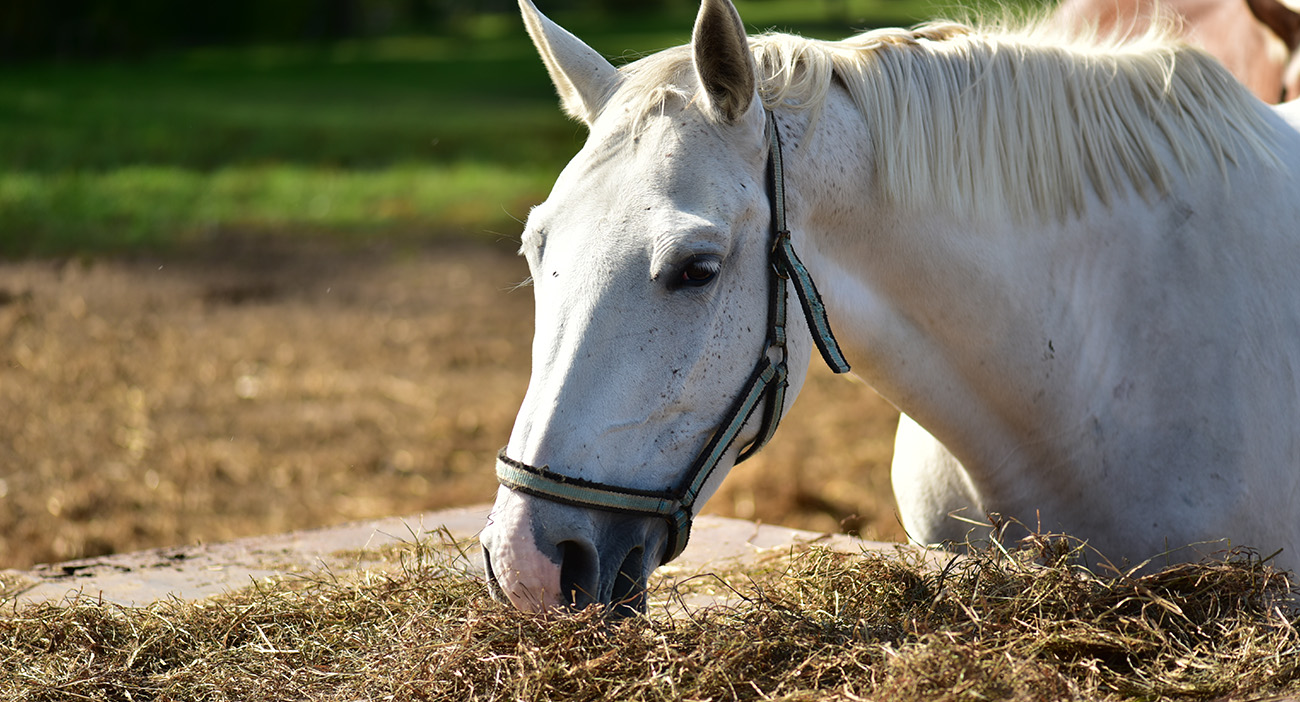
June 30, 2022
Compeition Horses: Managing Forage and Water Intake
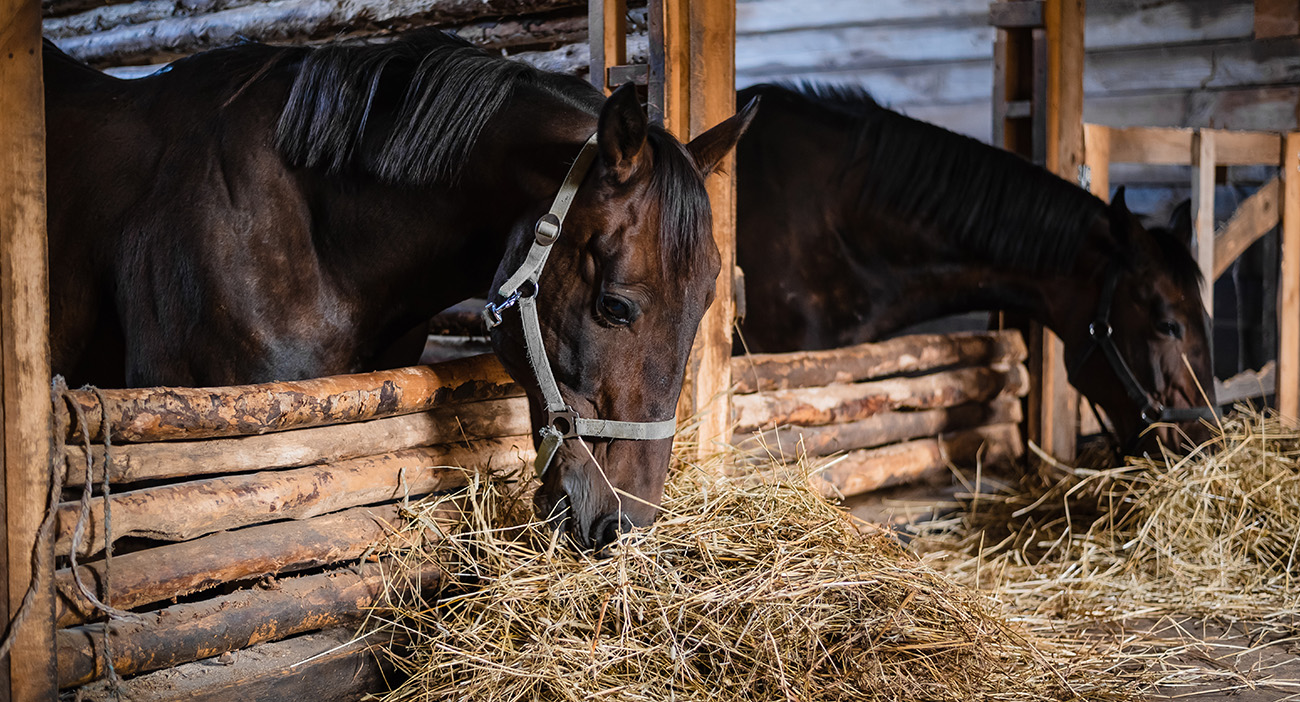
October 1, 2021
How To Feed EMS Horses: Nutritionist Top Tips For Horses
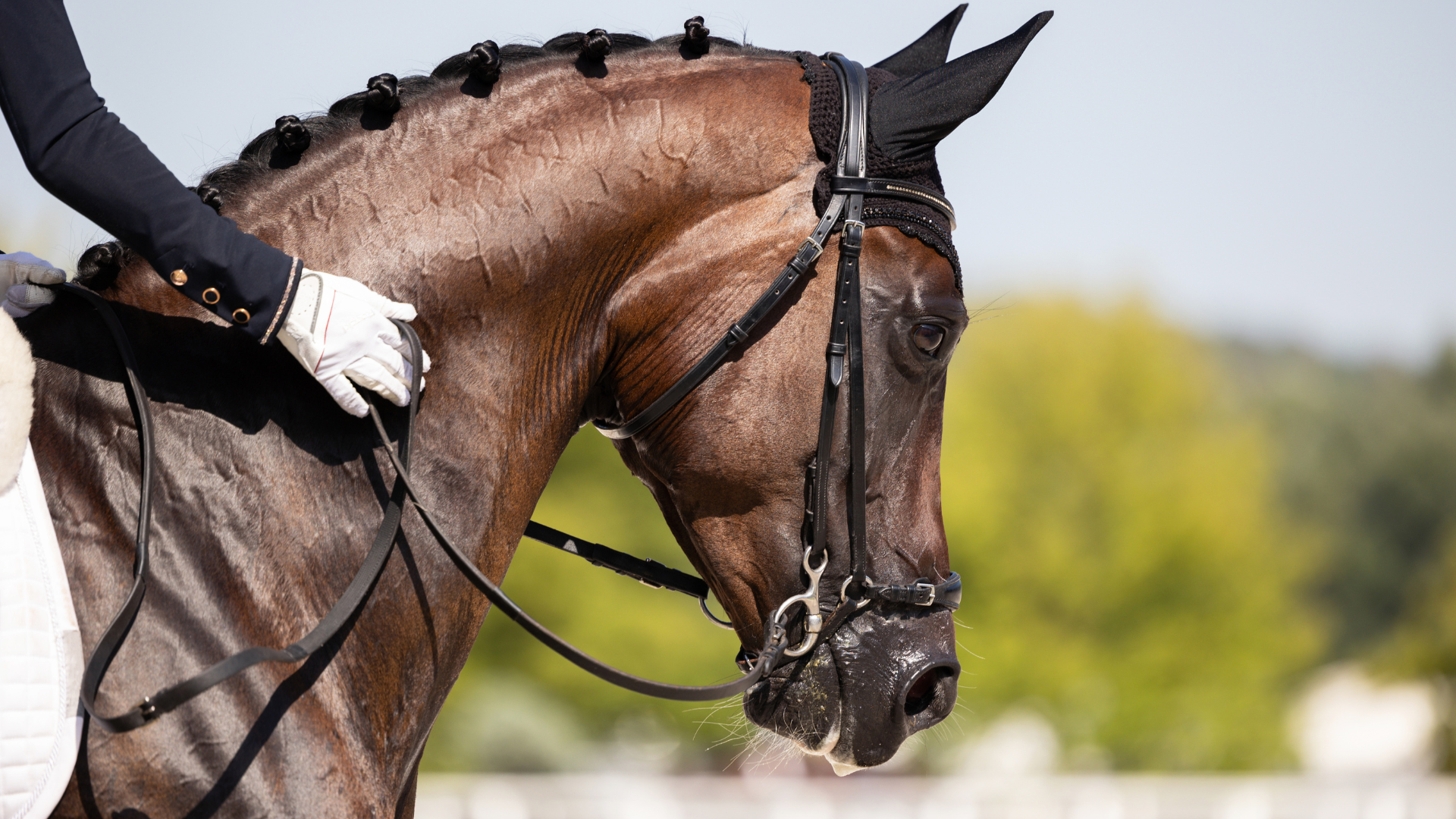
September 22, 2021
Feeding The Equine Athlete
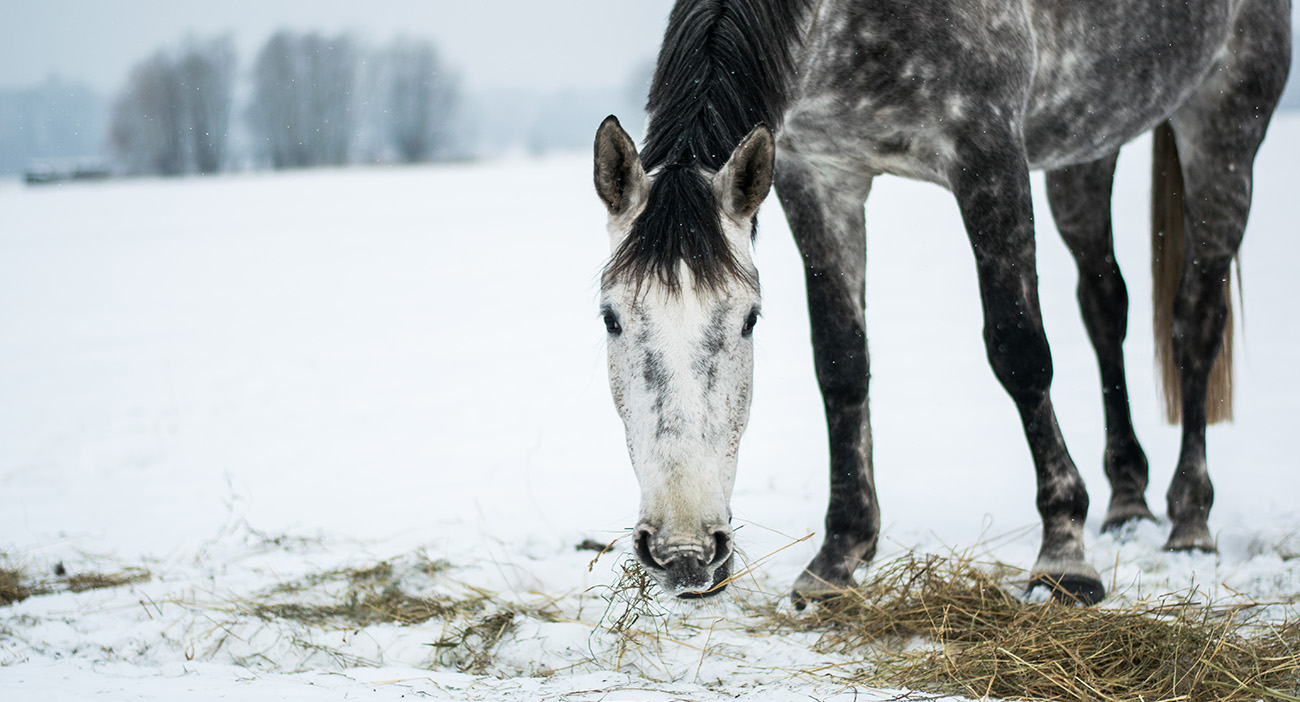
September 7, 2021
How To Feed Your Horse Indoors This Winter
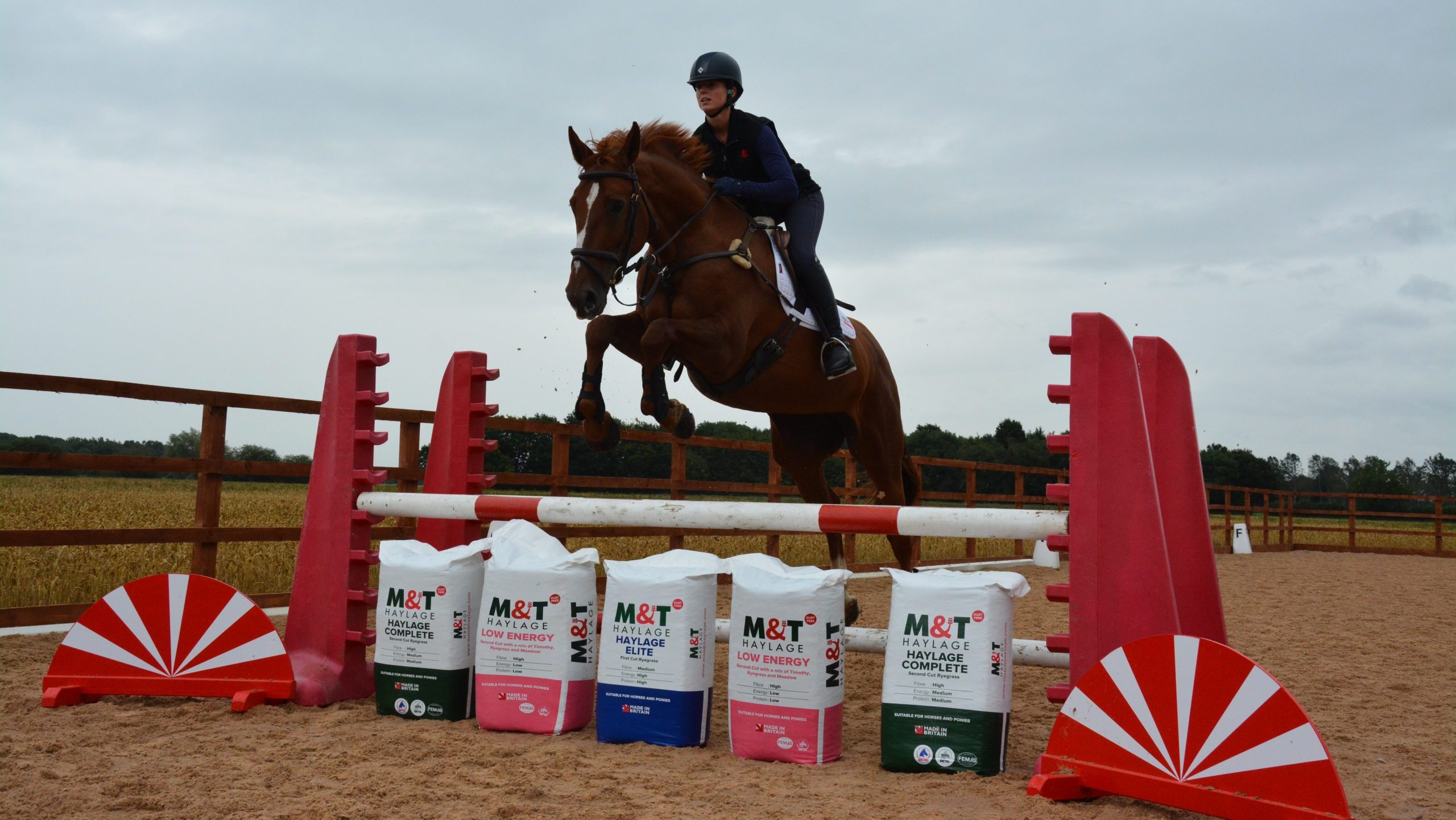
December 7, 2020
Premium Horse Forage: Ask The Nutritionist
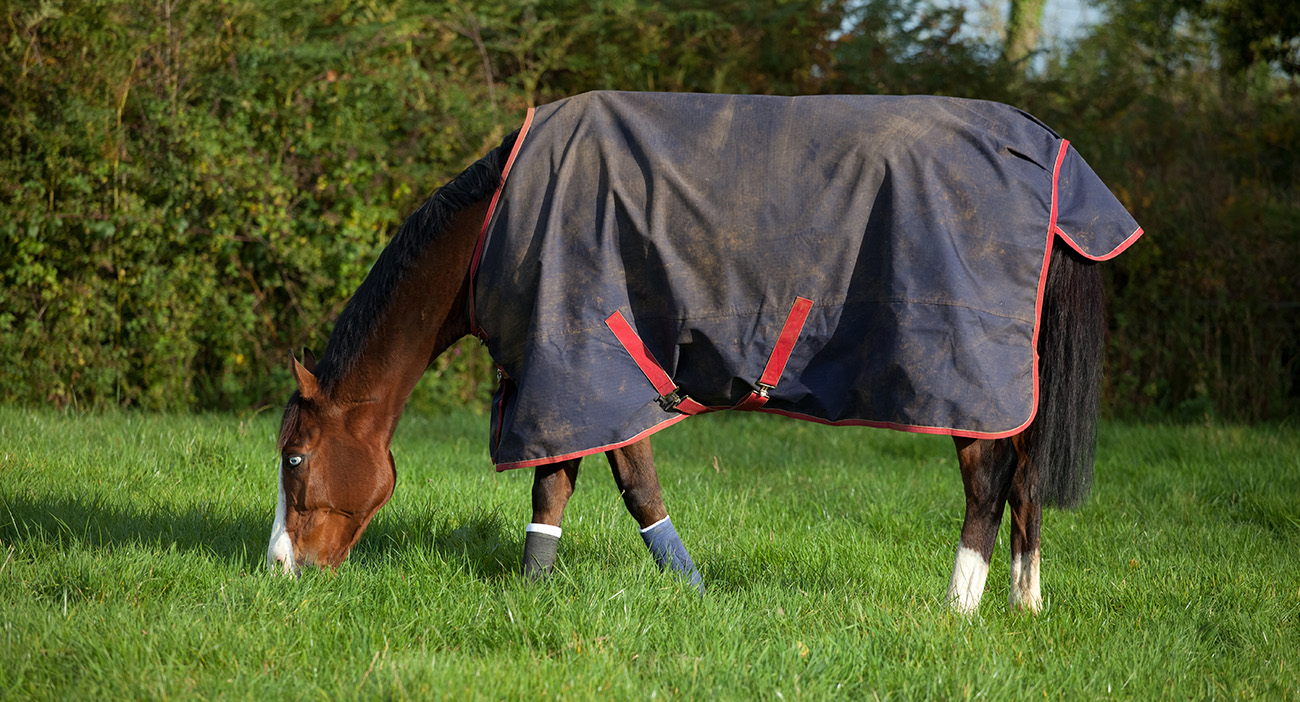
July 9, 2020
Top Tips For Managing Forage For Horses On The Go: Part One
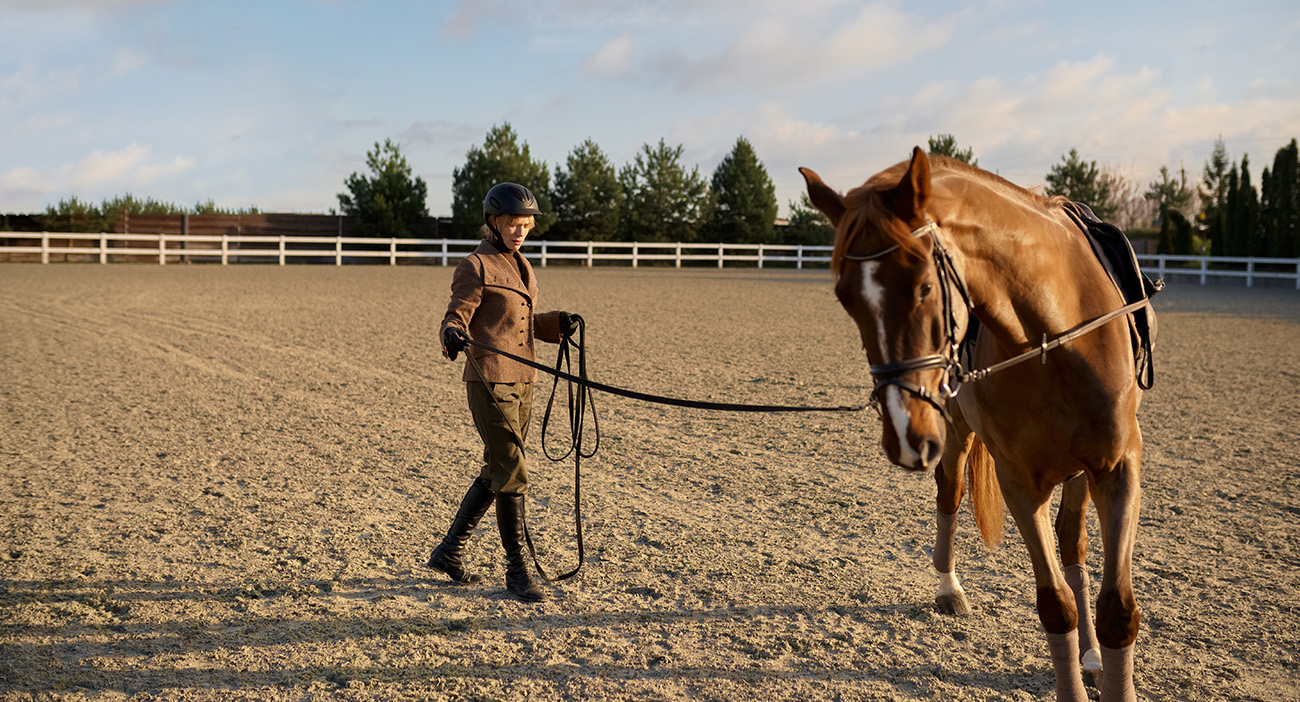
January 16, 2020
Haylage Myth Buster: Nutritionist Top Tips for Horses





